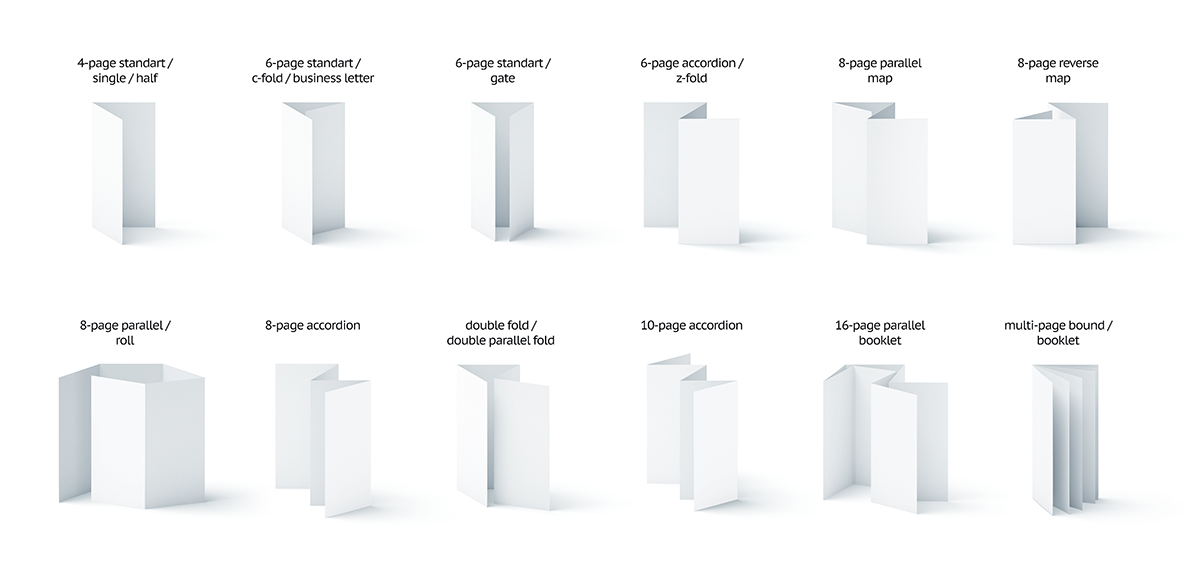
Your company’s brochures have a tough job.
They give you a chance to make a strong first impression on potential customers. They need to tell your company’s story in a relatively small amount of space. And they need to stand out in a sea of other brochures from similar businesses.
In this blog post we’re going to look at the best and most effective ways to design and print a brochure.
There are important things to understand prior to moving forward. Let’s start with graphics – the first thing people see that grabs their attention is the appearance, so the design becomes critical.
The second is the content – What you say has to also get their attention – Will your audience be swayed more by exciting imagery or dynamic copy?
And who is that audience? The brochure for a financial advisor will look markedly different than one for a hospital administrator.
Include a call-to-action.
Your prospective customer has read your brochure. Now what? You can’t assume they’ll buy your product or visit your storefront simply because your brochure caught their eye.
You’ll need to design a brochure that tells them what to do next. Whether go to your web site, call for information or place an order should be part or the call to action.
And finally, timing is crucial. You certainly don’t want a business event invitation to arrive after the event – or a spring sale to arrive in the summer.
Know what you want to say before you begin. Ask yourself, “Why do I want to design a brochure?”
What’s your budget?
The budget for your project will determine more than just the number of brochures you print. Things like the type of paper, number of pages, metallic or florescent ink, die cutting or embossing can all become part of the attention-getting characteristics, but all add additional money.
Personalization, or V=variable data can also become an extremely integral part of attention getting. A brochure personalized with your customer’s name on it receives far more attention than a generic brochure.
Fancy-textured paper will typically make a different impression on customers than ordinary white stock. If you have a unique vision for how you can illustrate one of your points, you may want to spring for a some of the above-mentioned concepts.

What kind of brochure do you want?
When you hear the word “brochure,” you might picture a simple tri-fold design. But there are several ways you can design a brochure: trifold, single gatefold, double gate fold, etc.
A picture is worth a thousand words…
Your brochure should be pleasing to the eye, filled with compelling imagery. That means good photos, ones that don’t look like stock images (even though it’s likely you will need to use some stock images).
But words are pretty important too.
As mentioned above, the content has an offer or some type of call to action.
When you design a brochure, you need to make sure you get your copy exactly right before you print.
Keep your messaging simple and to-the-point. And don’t forget the importance of headline choice.
A good brochure headline should immediately tell your readers how your business’ product or service can help them.
Get to the point as soon as possible, without going into too much detail. You don’t want to overwhelm your readers by dumping a barrage of information into their laps.
Make it easy for readers to respond by including your company contact information and social media accounts.
Are you looking to design and print a brochure that captures the attention of your potential customers? Turn to PDC Graphics.
We can design brochures in a range of different sizes, color options, paper choices and folding options while making sure you see a return on your investment. Whether you want to introduce a new product or help customers understand a service you offer, we’re ready to help tell your story. Contact us today to learn more about our brochure offerings.
